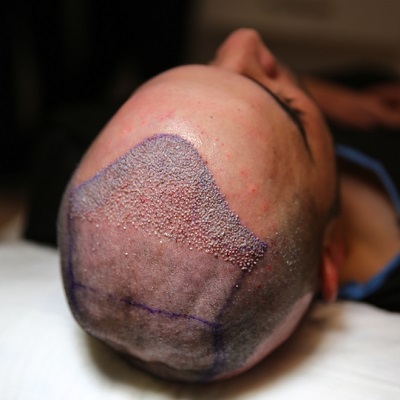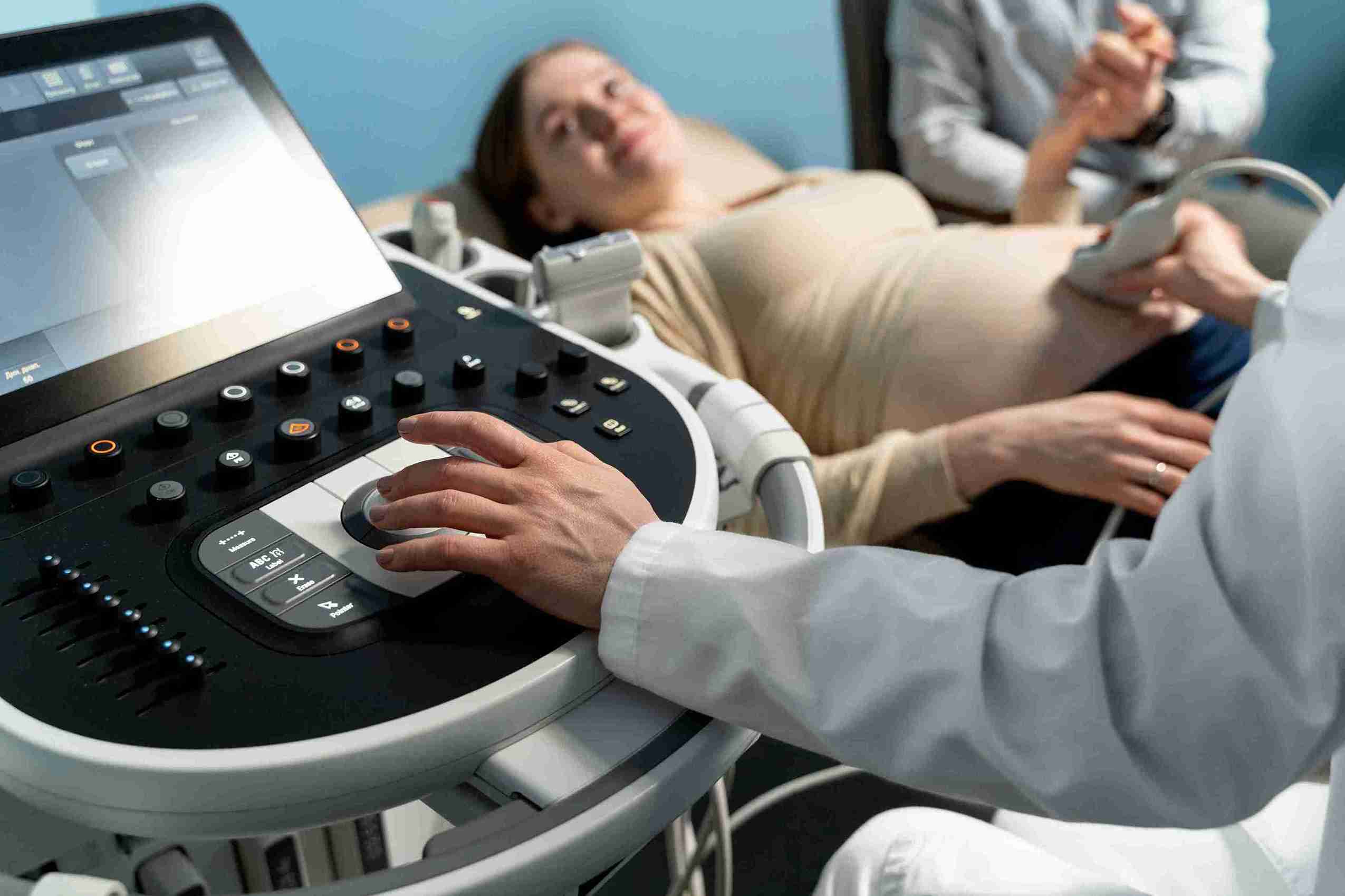Follicular Unit Transplantation (FUT) is a highly effective and popular method of hair restoration, especially for individuals with advanced hair loss. One of the most frequently asked questions by prospective patients is: What is the success rate of FUT hair transplants?
The success rate of FUT is generally very high, with most patients experiencing a graft survival rate of 90% to 95%. However, several factors contribute to the overall success, such as the surgeon’s expertise, the patient’s condition, and post-operative care. Below, we’ll explore these factors in detail and help you understand what you can expect from an FUT hair transplant.
Understanding FUT and Its High Success Rate:
FUT is a surgical hair restoration technique in which a strip of scalp, usually from the back of the head, is harvested to extract individual hair follicles. These follicles are then transplanted into the areas experiencing thinning or baldness. One of the key reasons for FUT’s high success rate is that the follicles are taken from the donor area, which is naturally resistant to dihydrotestosterone (DHT), the hormone responsible for hair loss in both men and women.
Because the transplanted follicles retain their genetic resistance to DHT, they are highly likely to thrive and grow normally in their new location. This leads to permanent, long-lasting results. The success of FUT also depends on several additional factors.
Factors Contributing to the Success Rate:
- Surgeon’s Expertise: One of the most critical factors in determining the success rate of an FUT procedure is the skill and experience of the surgeon. Hair transplant surgery requires precision to ensure that the grafts are harvested and transplanted correctly. An experienced surgeon will carefully extract the follicles with minimal damage, which significantly improves graft survival rates. The surgeon must also design a natural-looking hairline and place the grafts in a way that mimics natural hair growth patterns.
- Patient’s Hair Type and Condition: Patients with healthy hair in the donor area typically experience higher success rates. The density and quality of the hair in the donor region play a crucial role in how many viable follicles can be harvested and transplanted. Additionally, the success rate can vary depending on the severity of hair loss and the size of the treatment area. People with extensive hair loss may need multiple procedures to achieve the desired coverage.
- Post-Operative Care: How well a patient follows post-procedure care instructions can significantly impact the success rate. After the FUT procedure, the scalp needs time to heal, and the transplanted follicles must establish themselves in their new location. Proper post-operative care, such as keeping the scalp clean, avoiding strenuous activities, and taking prescribed medications, ensures a smooth recovery and promotes healthy hair growth.
- Graft Survival: The survival rate of transplanted hair grafts is a key metric of success. In FUT, graft survival rates range between 90% and 95%, meaning the majority of transplanted hair follicles will grow and thrive. The survival rate is slightly higher in FUT compared to Follicular Unit Extraction (FUE) because the FUT method allows for a larger number of grafts to be transplanted at once, and the harvested follicles are less likely to be damaged during extraction.
Long-Term Success:
While the initial success of FUT can be gauged by the graft survival rate, long-term success depends on how well the transplanted hair continues to grow over time. Most patients begin to see noticeable growth within 3 to 6 months, with full results appearing at around 12 months. The transplanted hair is permanent and should continue growing for a lifetime. However, factors such as aging and future hair loss in untreated areas may require additional touch-ups or further treatment.
Conclusion:
In conclusion, the success rate of FUT hair transplants is impressively high, with most patients enjoying natural, permanent results. The key contributors to success include the skill of the surgeon, the health of the donor area, and proper post-operative care. For most people struggling with hair loss, FUT provides a reliable, long-term solution with a success rate of 90% to 95% in graft survival. By choosing an experienced surgeon and adhering to aftercare instructions, you can significantly increase your chances of achieving optimal results from your FUT procedure.
For more information vist Enfield royal clinic.




